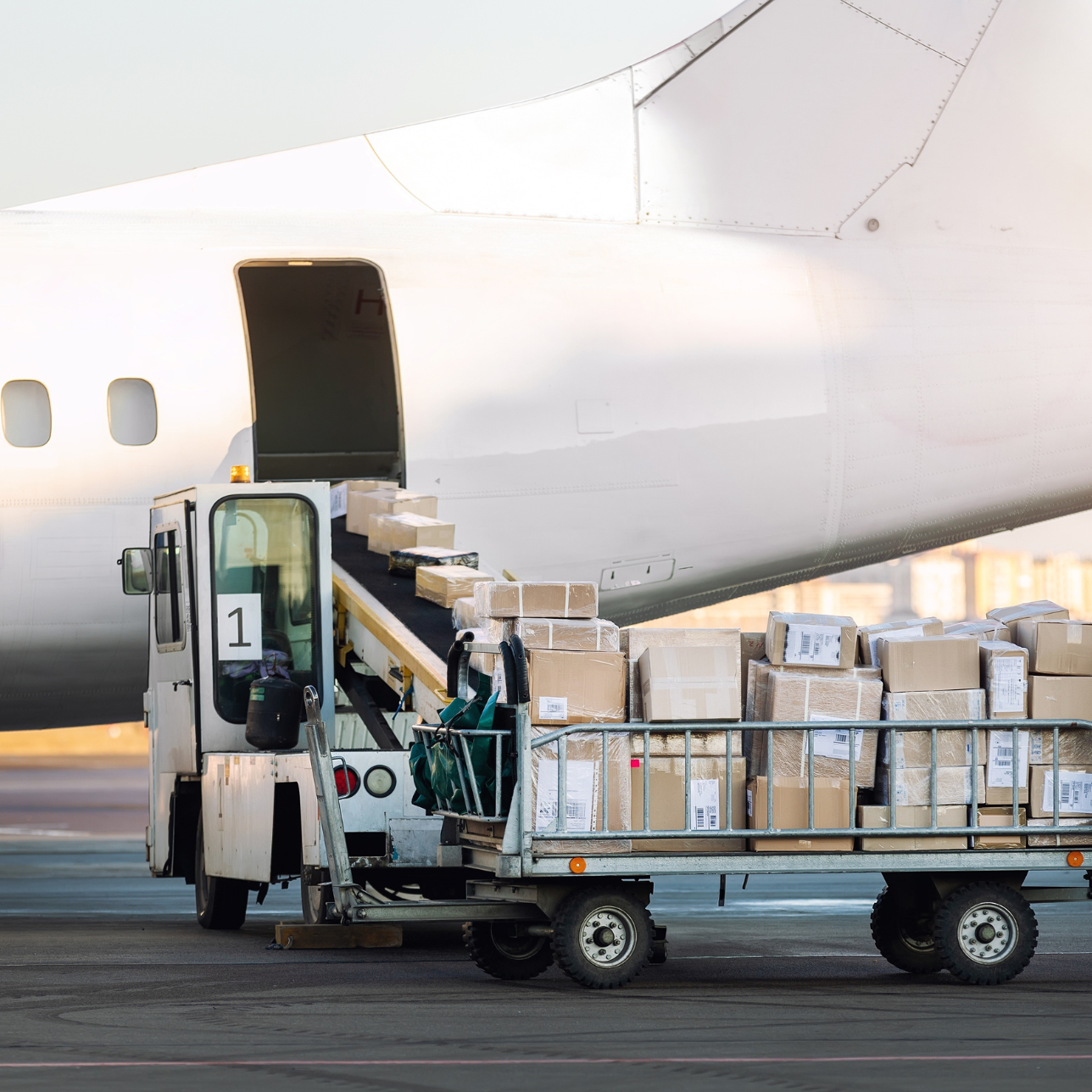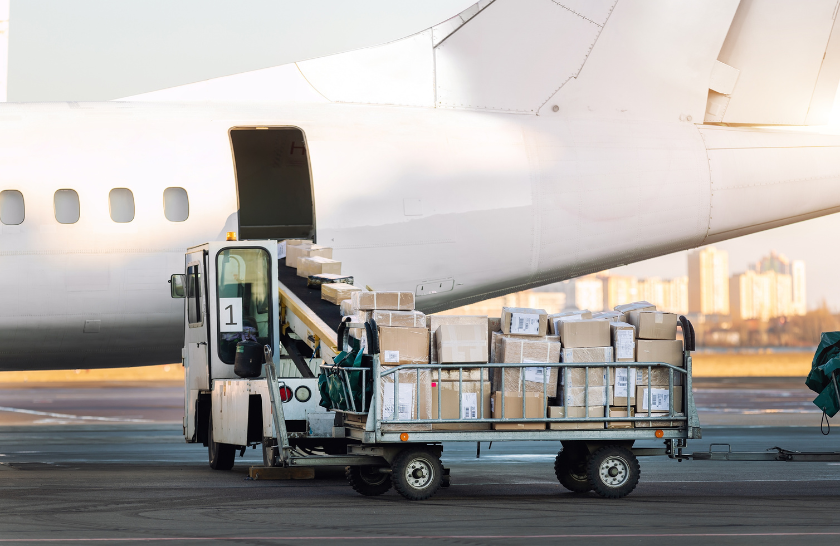

Hong Kong plays a pivotal role in global trade and is continuously committed to expanding its network of free trade agreements. As of November 2024, Hong Kong has signed nine free trade agreements with 21 economies[1]. According to data from the Hong Kong Commerce and Economic Development Bureau in 2023, Hong Kong ranks tenth in the global goods trade system[2], with a total trade value of HKD 8,822.4 billion. Its main trading partners include Mainland China, the Association of Southeast Asian Nations (ASEAN), the European Union (EU), and the United States. Under these favorable conditions, Hong Kong's air cargo trade is expected to continue growing, further solidifying its position as a global trade hub.
Hong Kong's success relies on collaboration and support among various organizations, with many agreements and policies contributing to improving efficiency in the air cargo sector, including the Trade Facilitation Agreement. This agreement, established by the World Trade Organization, aims to simplify and expedite trade procedures, facilitating international trade flows[3]. At the same time, the agreement reduces restrictions on air transport imposed by member regions, enhances service quality, and minimizes delays caused by organizational procedures, thereby lowering trade costs and increasing trade volume[4]. Specific measures include the transparency of trade procedures and the simplification of goods release and customs clearance processes.
The agreement requires member regions to provide information on laws and procedures related to trade to enhance transparency. Members should publicly disclose the procedures for the import, export, and transit of goods, enabling traders to clearly understand the required documents and requirements. As of January 2025, a total of 133 members worldwide have signed the Trade Facilitation Agreement[5]. Hong Kong became the first World Trade Organization member to join this agreement in 2014[6], while China joined in 2015 as the 16th member[7].
Furthermore, the agreement encourages member regions to simplify customs clearance and goods release procedures, reducing unnecessary documentation requirements and inspections, thereby improving clearance efficiency and promoting the flow of all types of goods, including air cargo. Additionally, the agreement provides for a binding ruling system, allowing importers to obtain rulings on commodity classification and tariff rates before shipping goods, which also applies to air cargo.
According to estimates by the World Trade Organization, the full implementation of the Trade Facilitation Agreement could reduce global trade costs by an average of 14.3%, with even greater reductions expected in Africa and in developing countries with slower growth[8]. The Trade Facilitation Agreement brings substantial benefits to participating regions, particularly developing countries, by enhancing customs transparency, reducing documentation requirements, and allowing exporters to process documents before the arrival of goods[9].
According to data from the World Trade Organization, the Trade Facilitation Agreement has increased trade volume by over USD 230 billion, and it has also led to significant real income growth, with global real GDP increasing by 0.12% based on calculations from 2016[10].
The implementation of the Trade Facilitation Agreement not only enhances trade efficiency but also brings economic benefits to participating members, particularly developing countries. Despite the ongoing changes in the global trade environment, Hong Kong will continue to play its role as a trade hub, committed to promoting freer and more efficient international trade and contributing to global economic growth.

Reference:
[1] The Government of the Hong Kong Special Administrative Region. (2024). Hong Kong and Peru sign Free Trade Agreement - November 2024.
https://www.info.gov.hk/gia/general/202411/16/P2024111600021.htm?fontSize=1
[2] Commerce and Economic Development Bureau. Hong Kong in Global Trade.
https://www.cedb.gov.hk/en/trade-and-investment/hong-kong-in-global-trade.html
[3] World Trade Organization. Agreement on Trade Facilitation. https://www.wto.org/english/docs_e/legal_e/tfa_e.htm
[4] 聯合國貿易和發展理事會. 以協調和數位化為手段,加速貿易便利化並實現氣候智慧型貿易便利化 - page 1. https://unctad.org/system/files/official-document/cimem7d29_ch.pdf
[5] World Trade Organization. Members accepting the Protocol of Amendment to insert the WTO Trade Facilitation Agreement into Annex 1A of the WTO Agreement. https://www.wto.org/english/tratop_e/tradfa_e/tradfa_agreeacc_e.htm
[6] Hong Kong's Information Services Department. (2014). HK first to join trade agreement - December 2014. https://www.news.gov.hk/en/categories/finance/html/2014/12/20141211_180906.shtml
[7] WCO news. (2024). Assessing China’s trade facilitation progress – observations from an independent institution. - June 2024. https://mag.wcoomd.org/magazine/wco-news-104-issue-2-2024/assessing-chinas-trade-facilitation-progress/
[8] World Trade Organization. (2015). D. Estimating the benefits of the Trade Facilitation Agreement. https://www.wto.org/english/res_e/booksp_e/wtr15-2d_e.pdf
[9] World Trade Organization. WTO’s Trade Facilitation Agreement. https://www.wto.org/english/res_e/booksp_e/03_landlocked2021_chapter_3_e.pdf
[10] World Trade Organization. (2023). Trade and Welfare Effect of the WTO Trade Facilitation Agreement - February 2023. https://www.wto.org/english/res_e/reser_e/ersd202304_e.pdf


